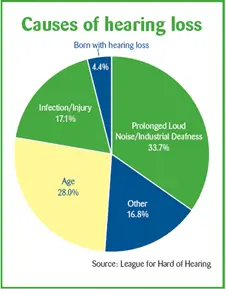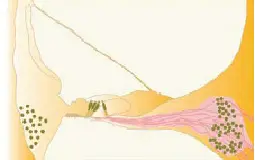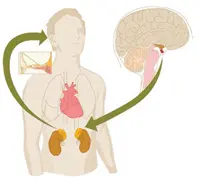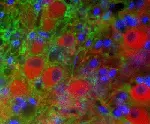Our Research
The goal of this research is to understand the neuroendocrine mechanisms that regulate the response of the auditory system to acoustic trauma, with emphasis on the regulation of the hypothalamic-pituitary-adrenal (HPA) axis and steroid receptors.
The ability of the organism to adapt to acute and chronic stress situations is determined by genetic constitution and earlier experiences. We demonstrate how steroid hormones can directly modulate hearing sensitivity in response to a moderate acoustic trauma, and have identified which down-stream pathways are involved in this pathology.
In pursuit of the defining of which transcription factors are responsible for the effects of acoustic trauma, the effects of prior restraint stress on acoustic trauma has been found not only to protect the auditory system from trauma, but also to trigger the nuclear translocation of steroid hormone receptors. Several important advances are also being made on how neurotrophic factors can regulate the sensitivity and survival of neurons of the auditory system.
Sound conditioning
Sound conditioning is a means of priming the auditory system against subsequent trauma. We are now determining the role of both steroid hormones and neurotrophic factors in protecting the auditory system from trauma by sound conditioning. Overall, these studies are opening a new avenue of research for the auditory field, that of auditory neuroendocrinology.
Our working hypothesis is that distinct patterns of gene expression in glucocorticoid circuits including the transcriptional factors, immediate early genes, protein transduction cascades, together with specific response elements, such as BDNF, and NMDA receptors, including the dopamine transmitter system are playing a crucial role.
The identification of these key participants in the signalling pathways will pinpoint the critical causes underlying individual vulnerability to hearing loss. To address these issues several models have been developed to specifically test and identify key molecules that are regulating these signalling pathways and governing their complex interactions.





